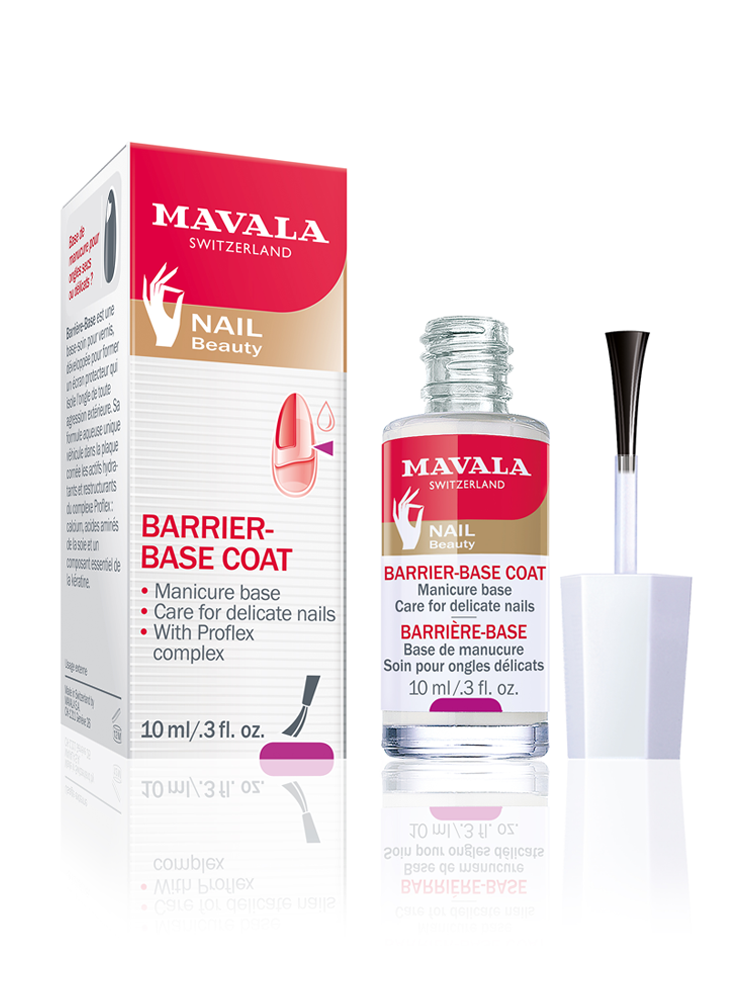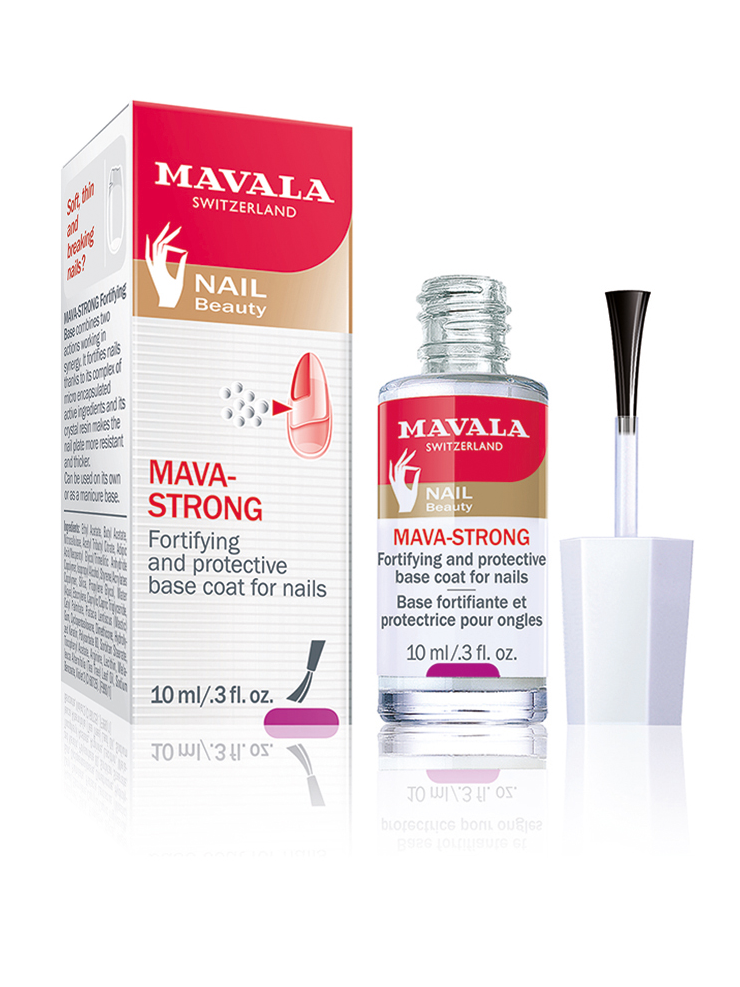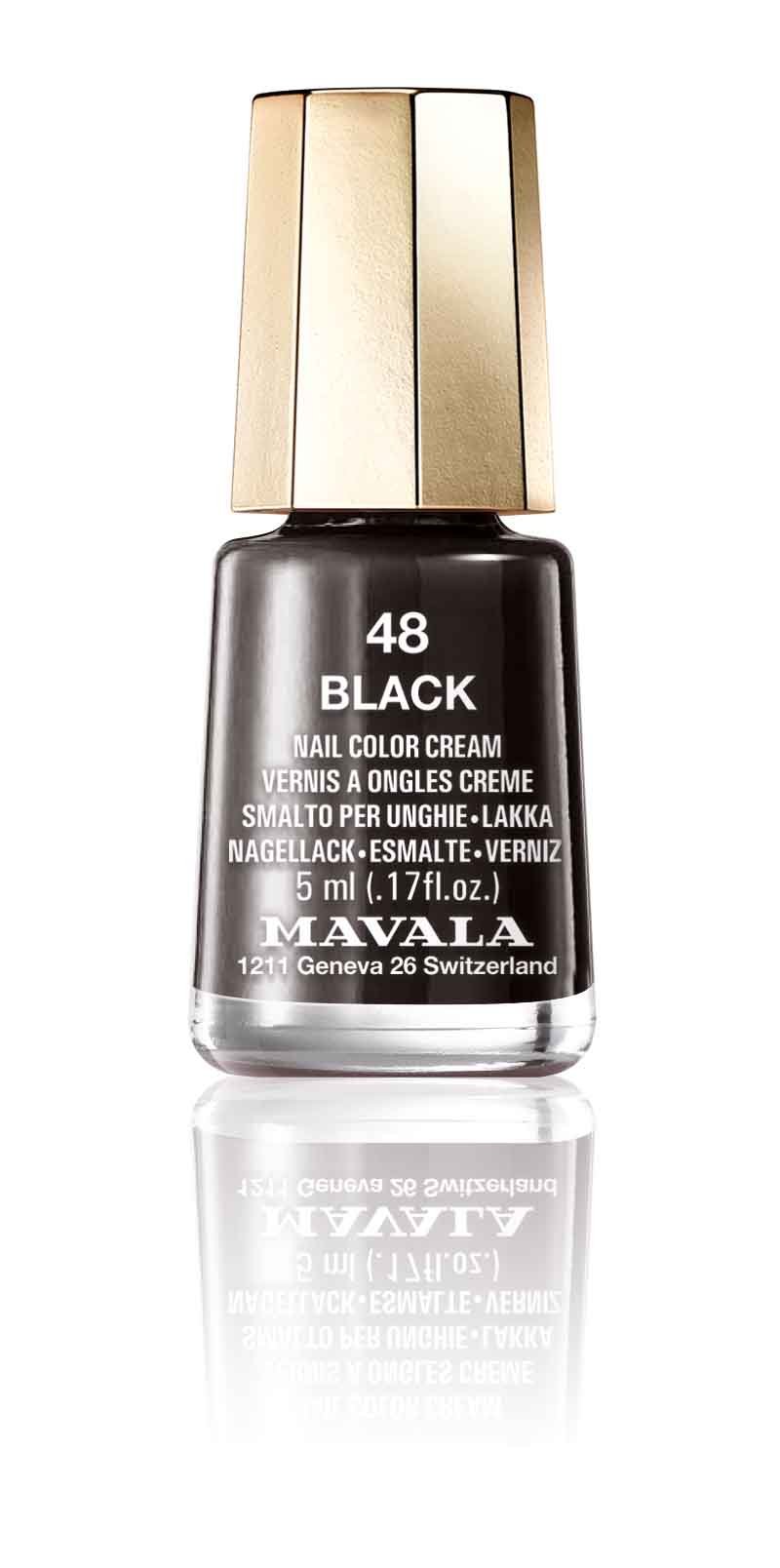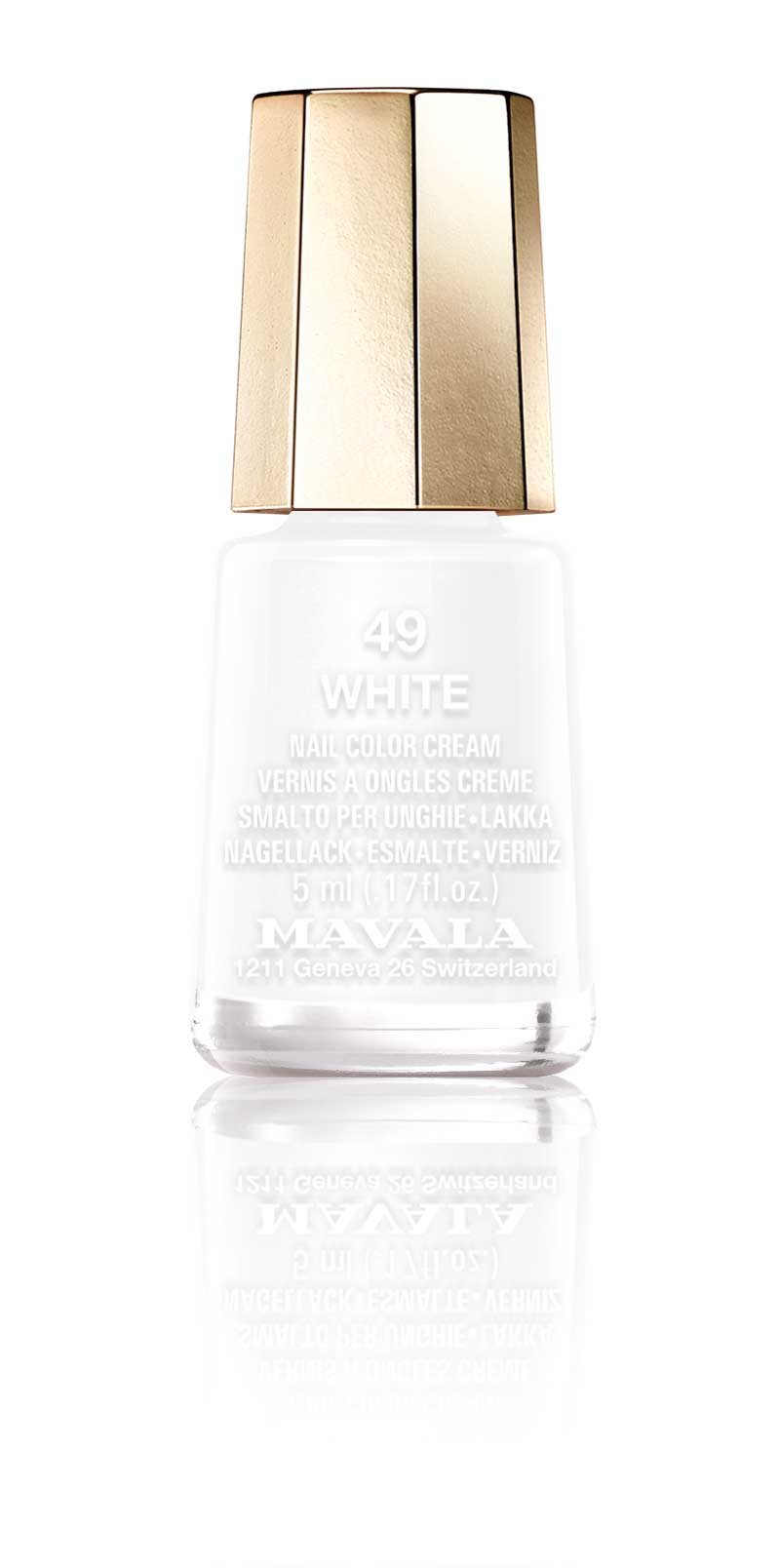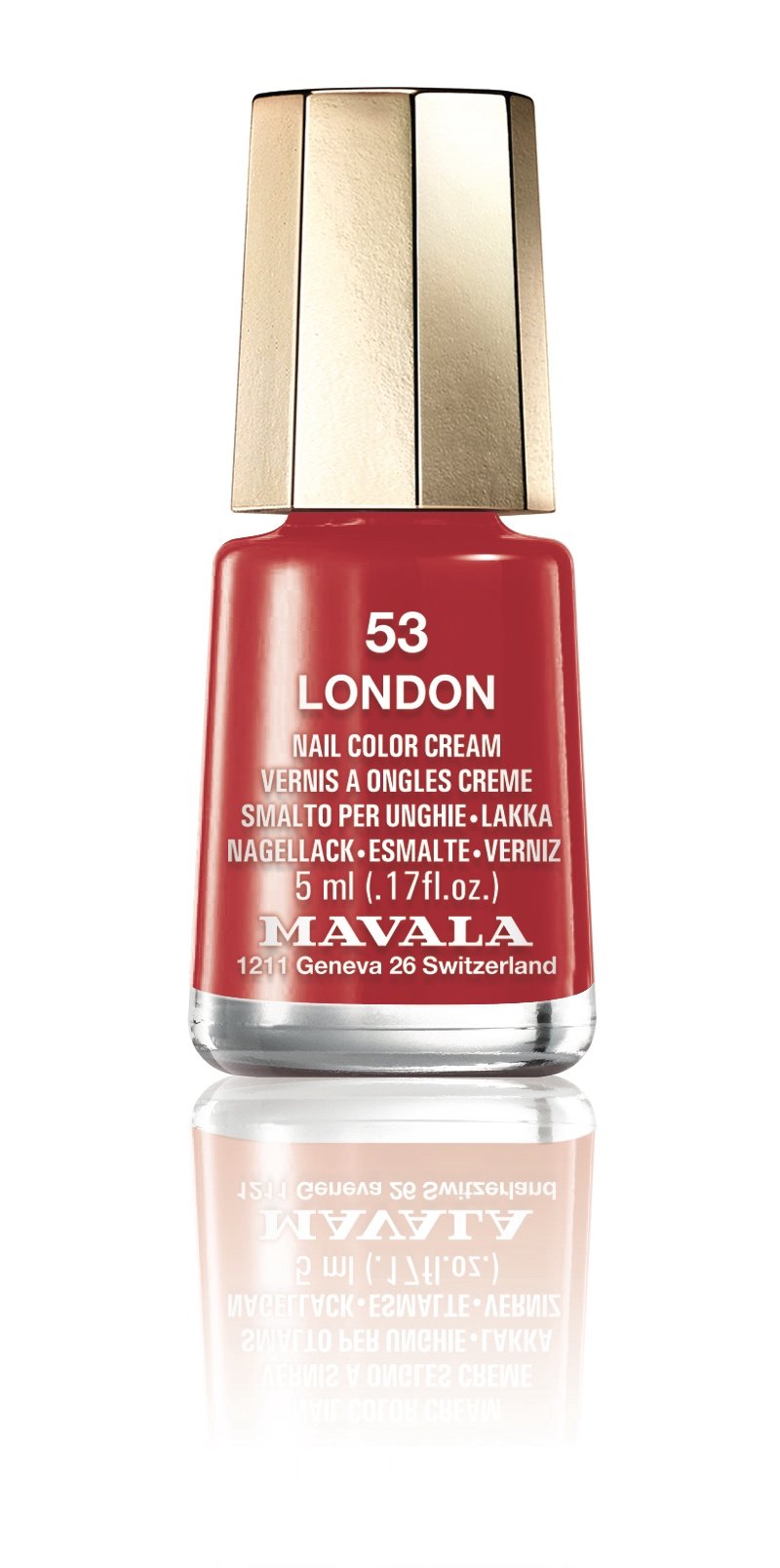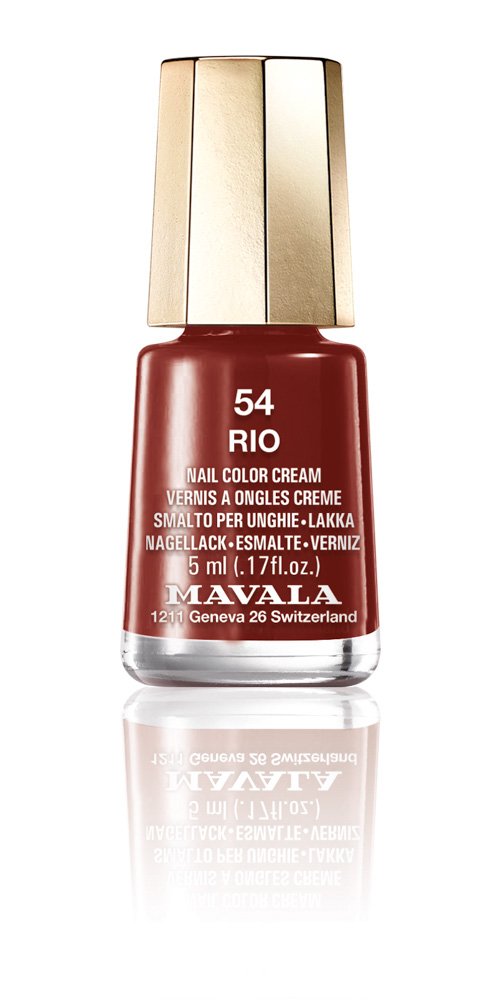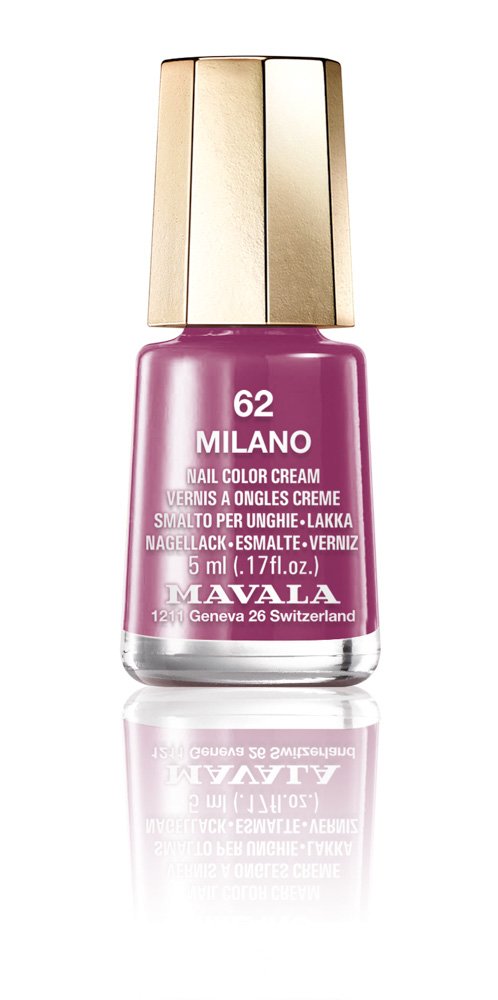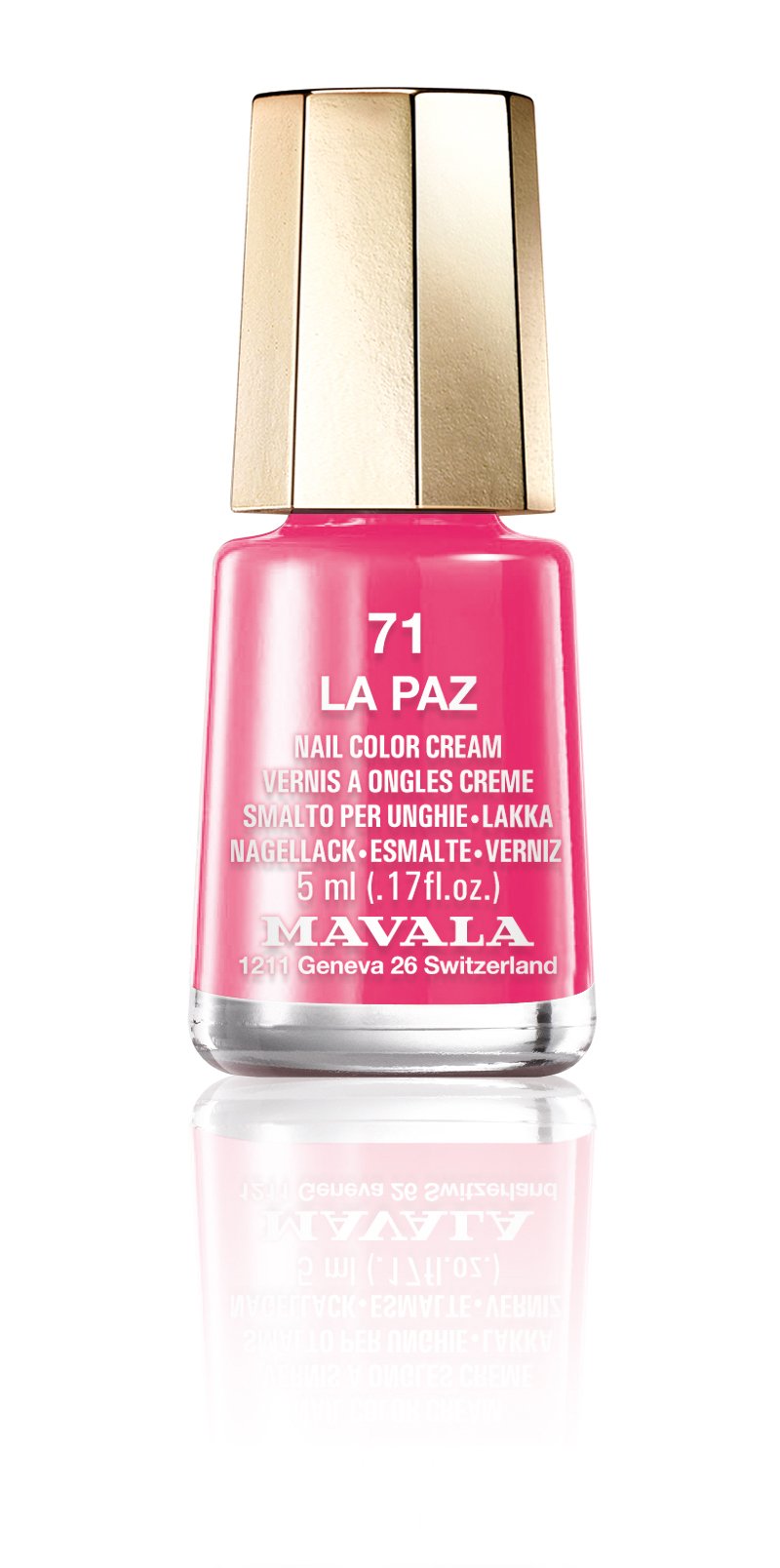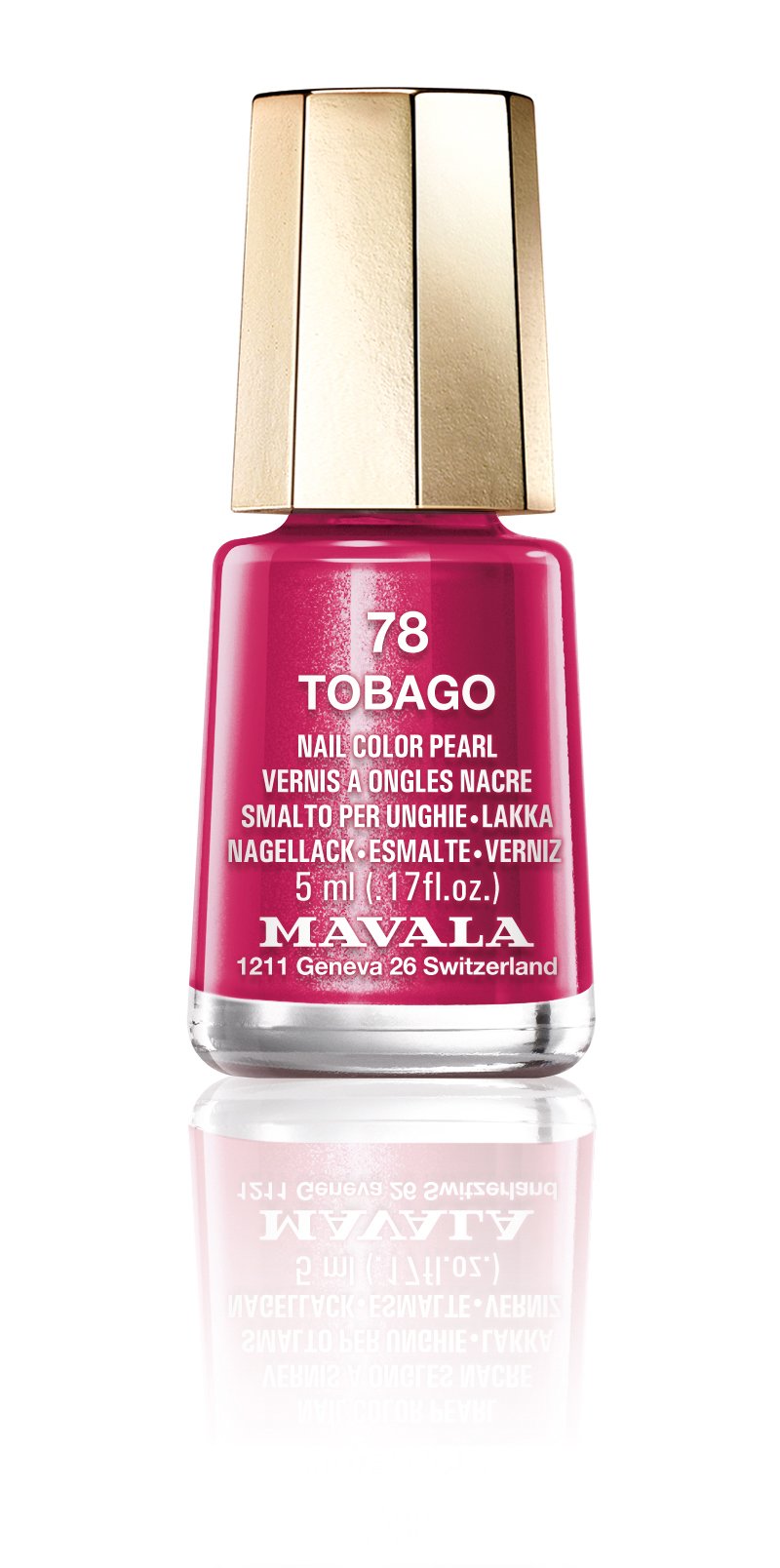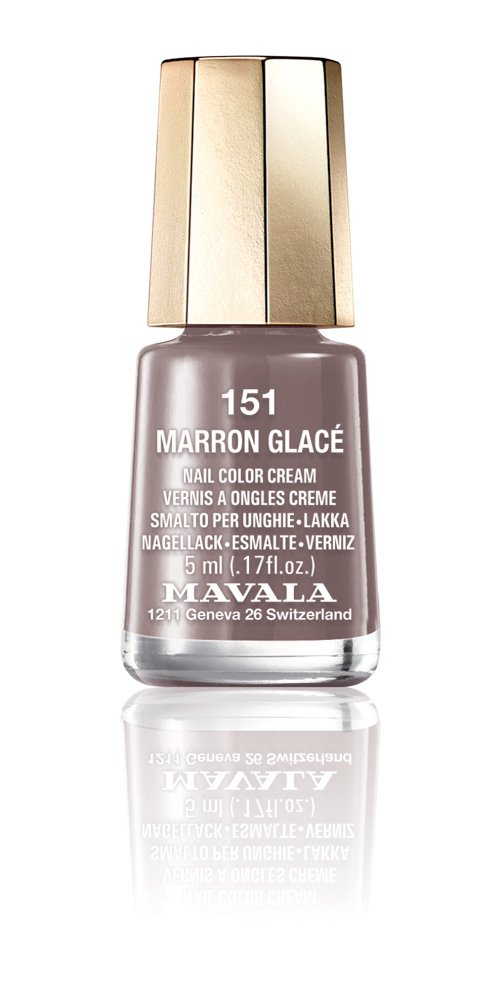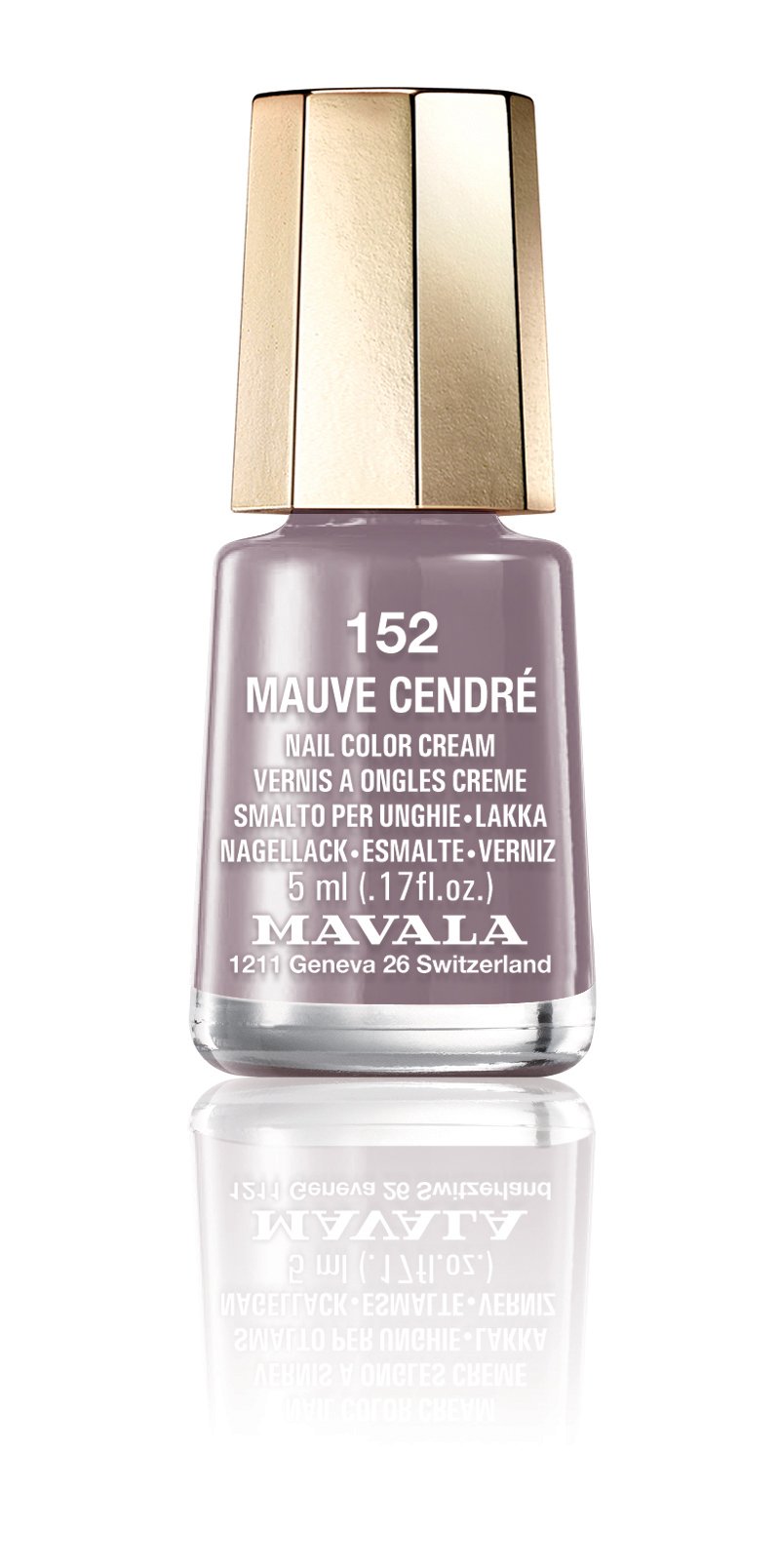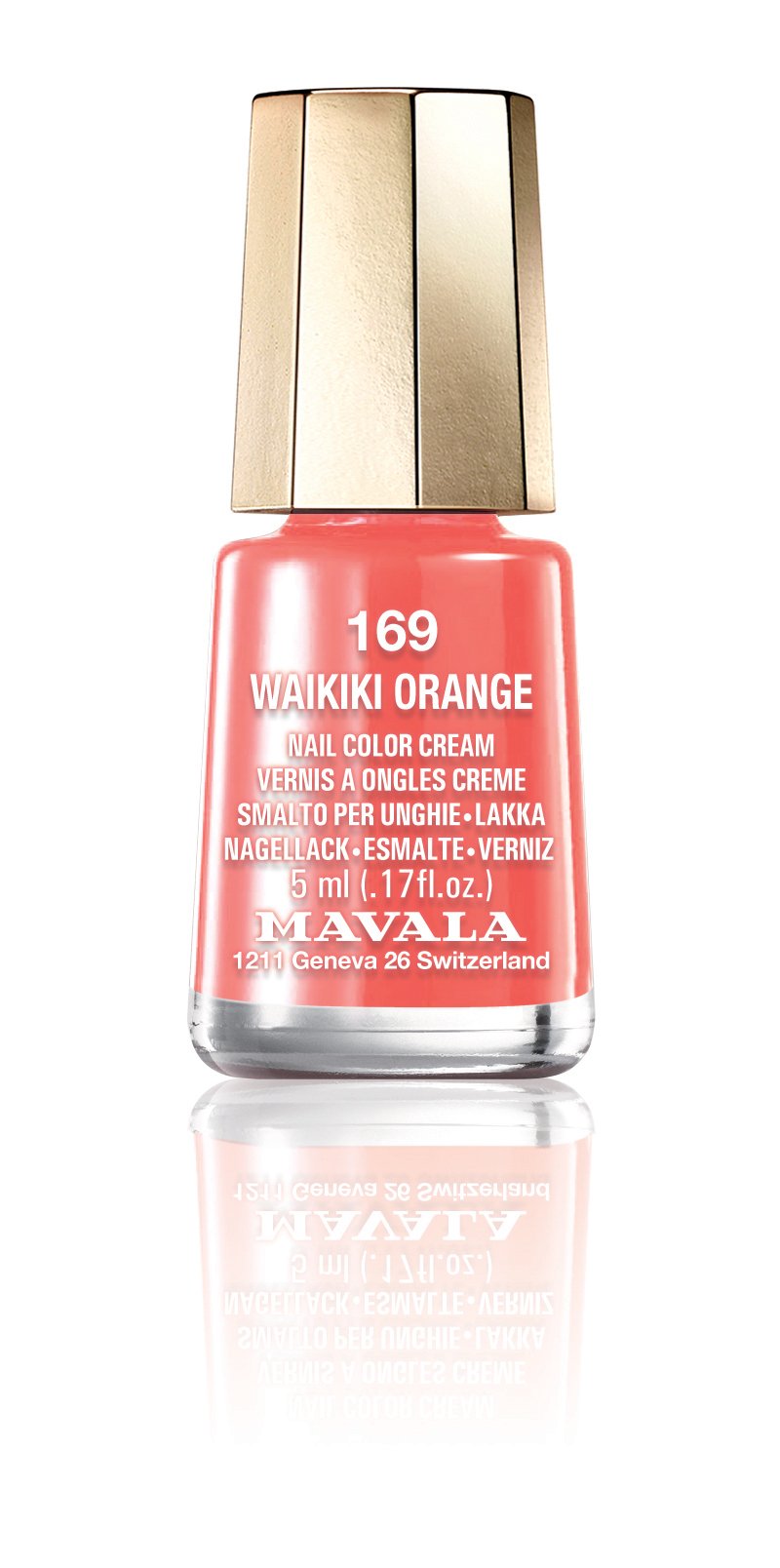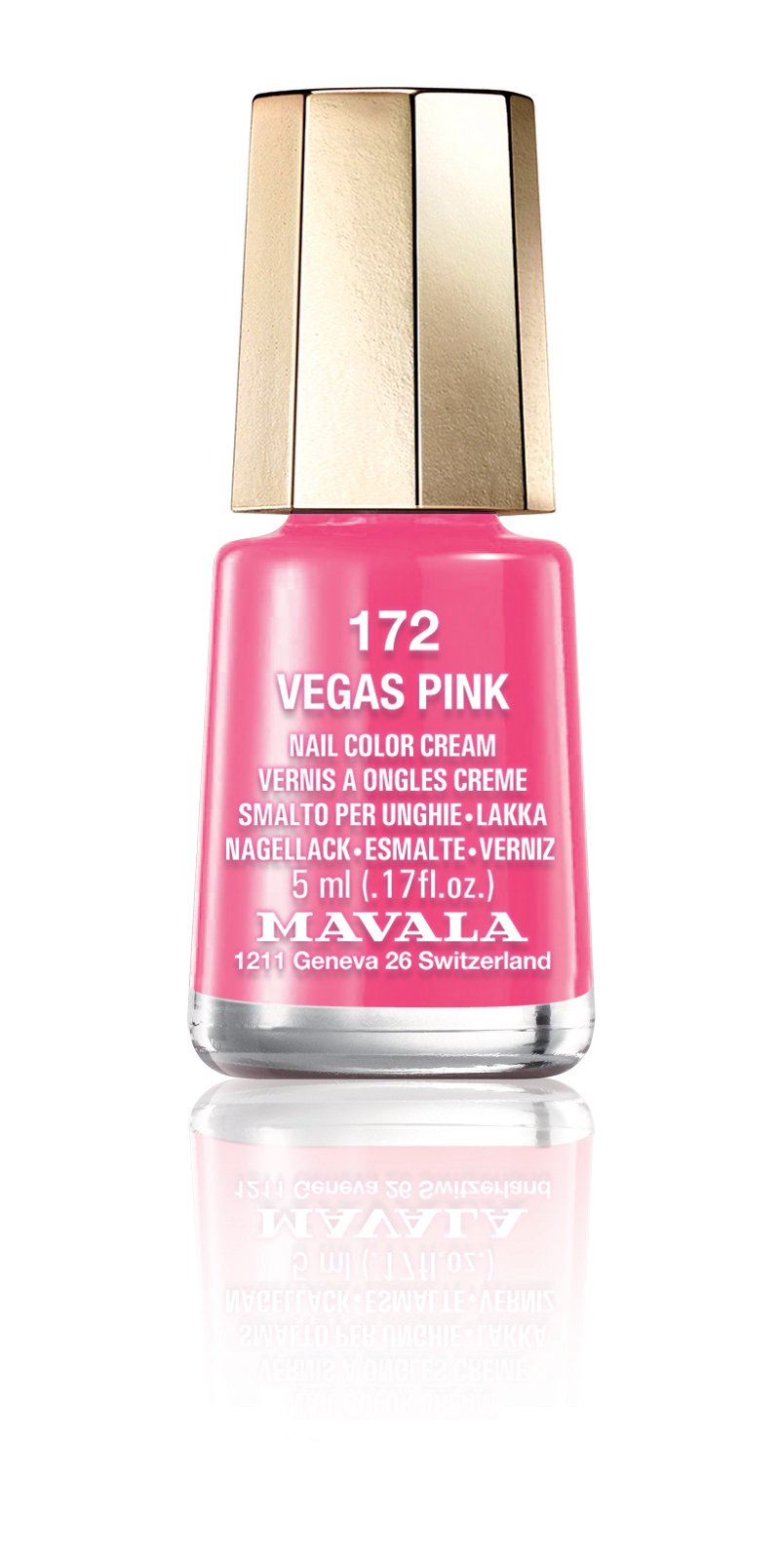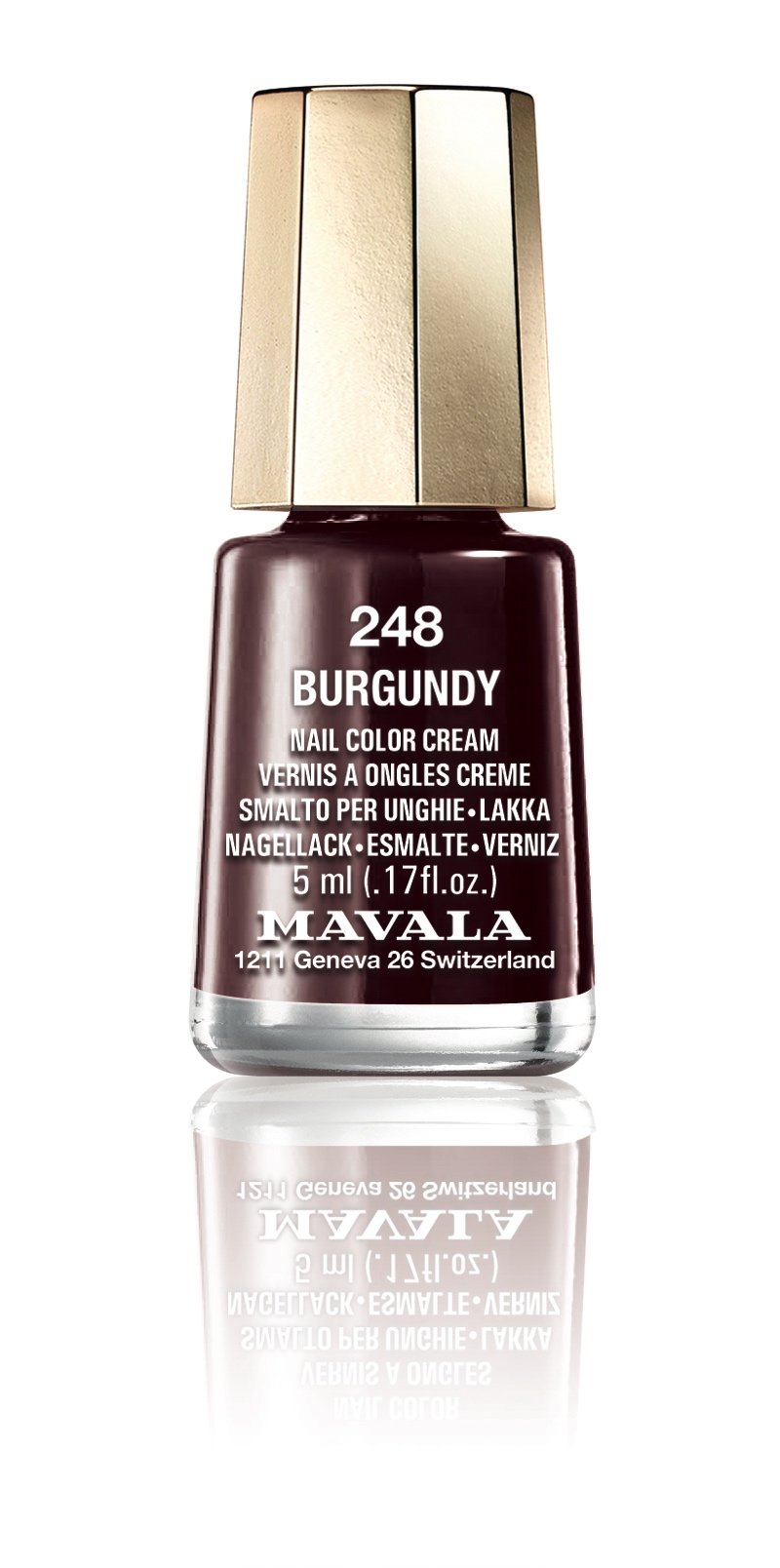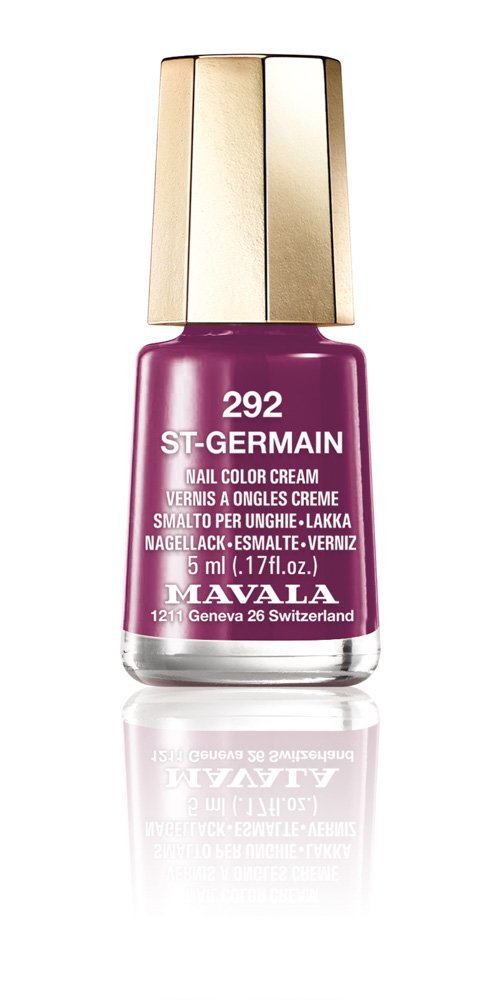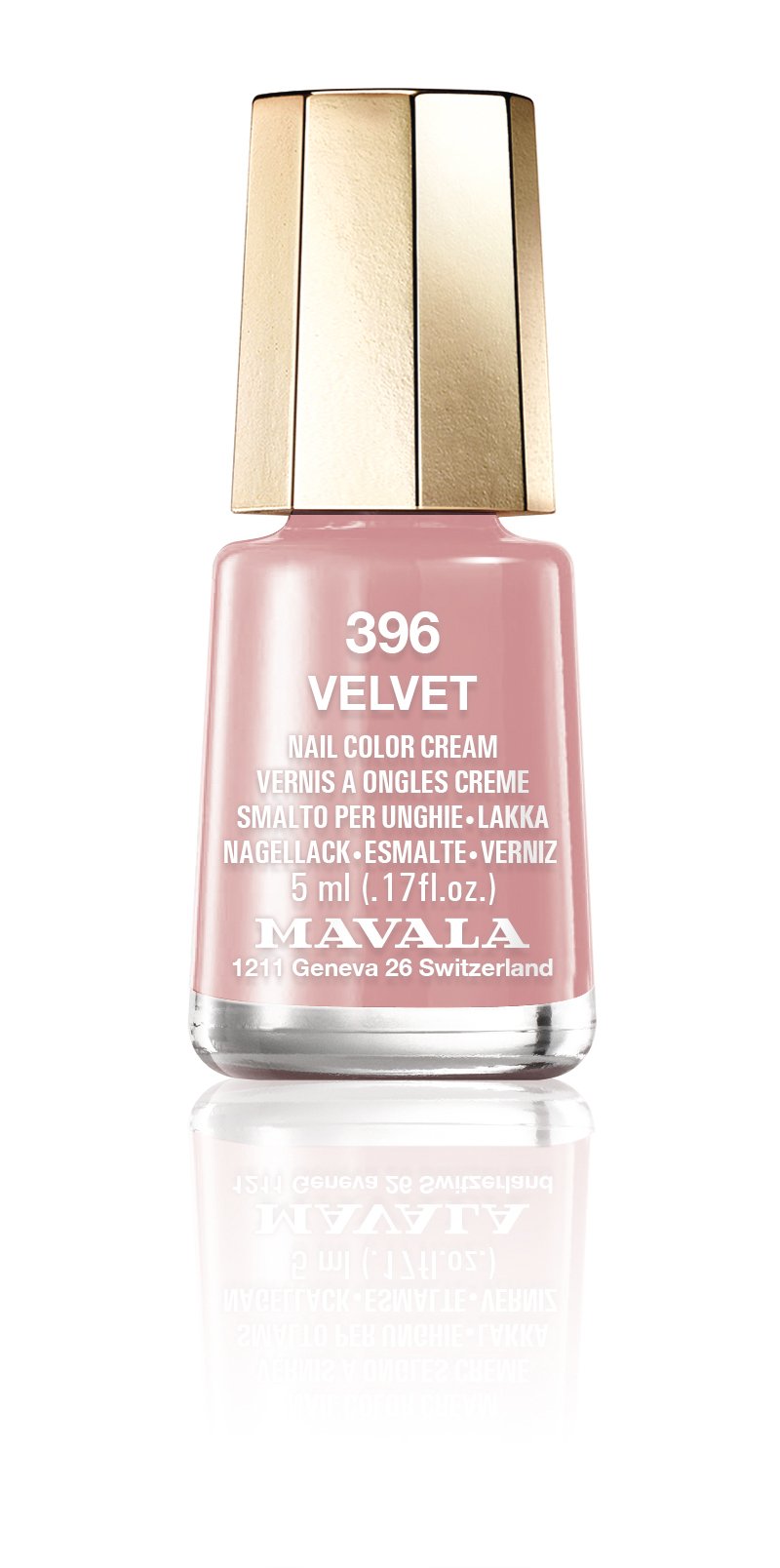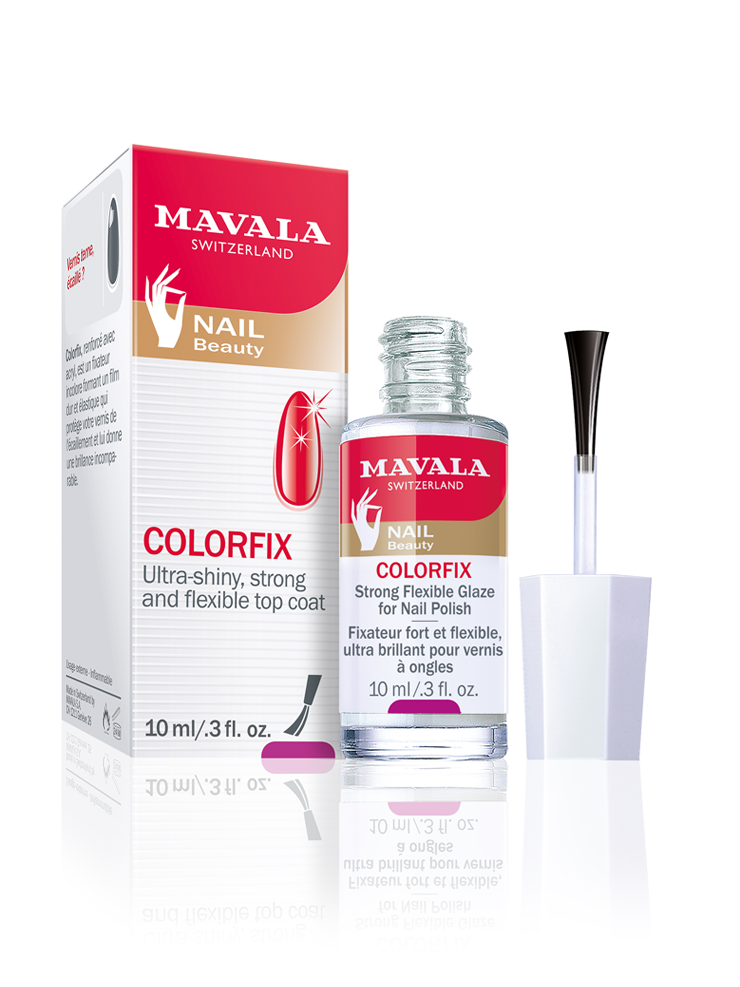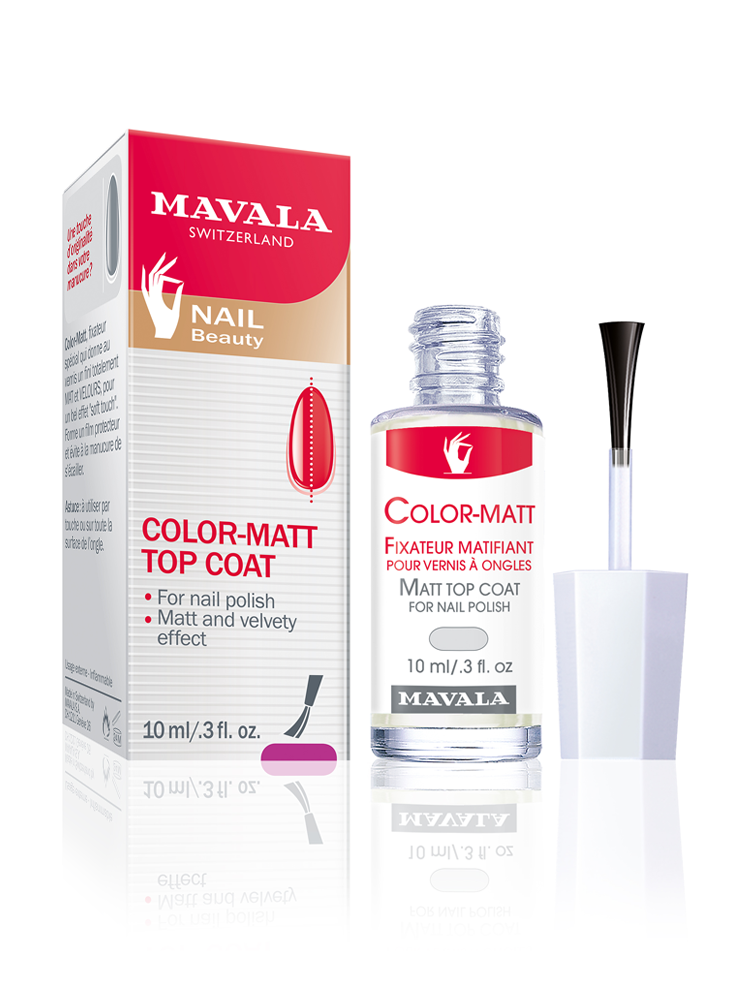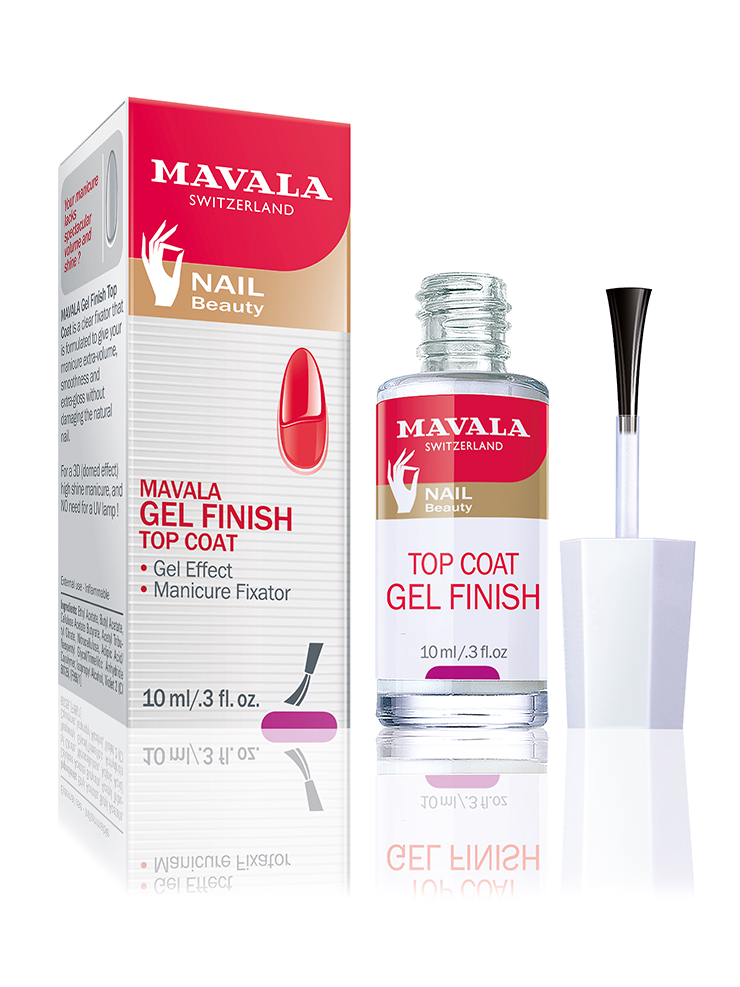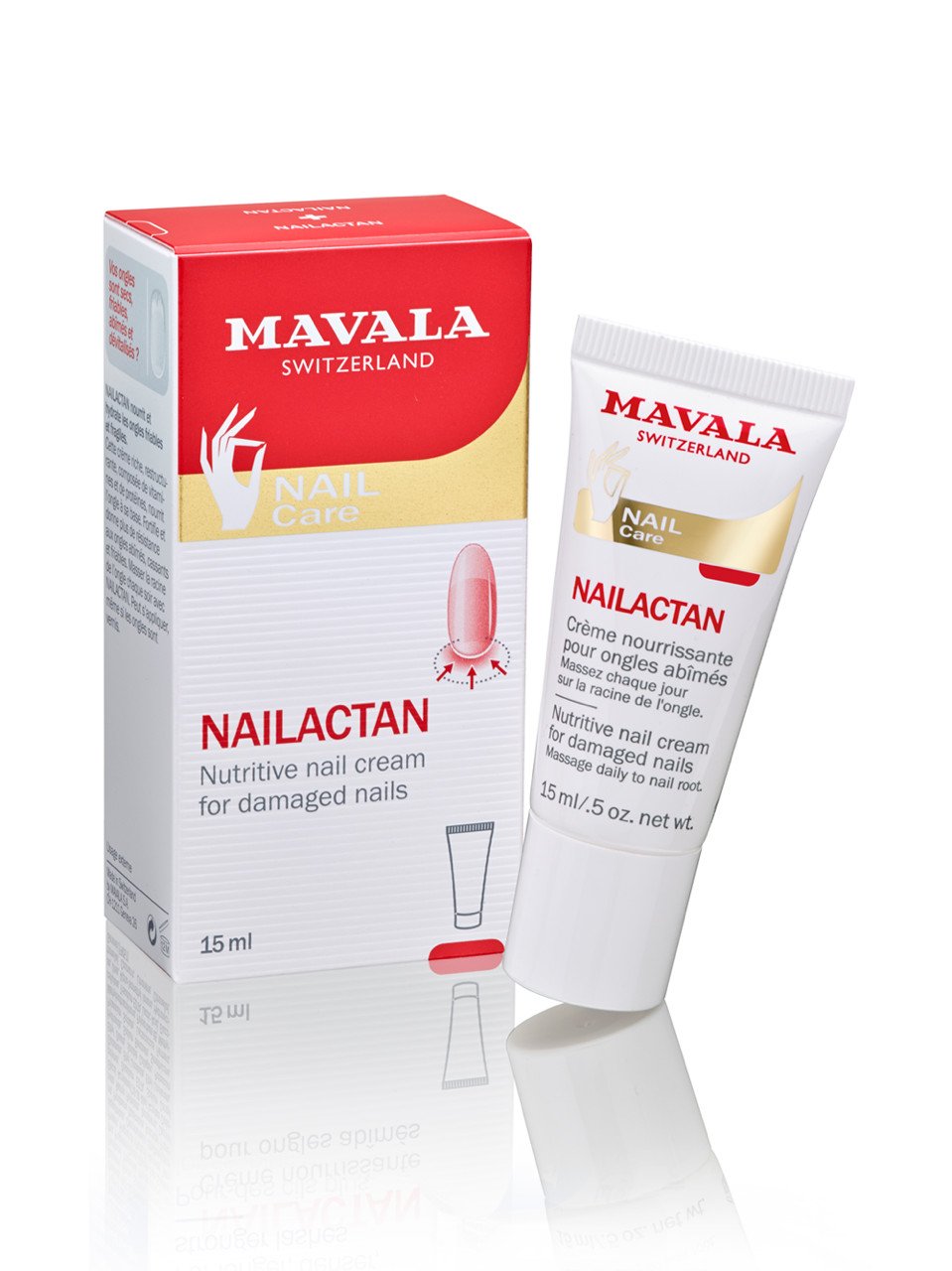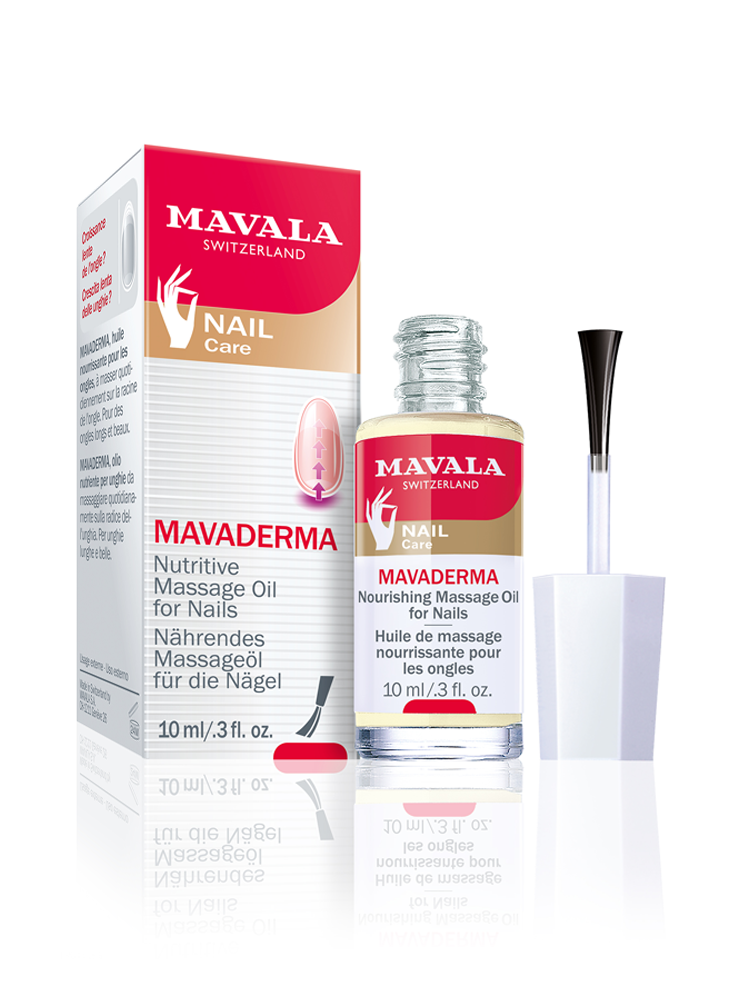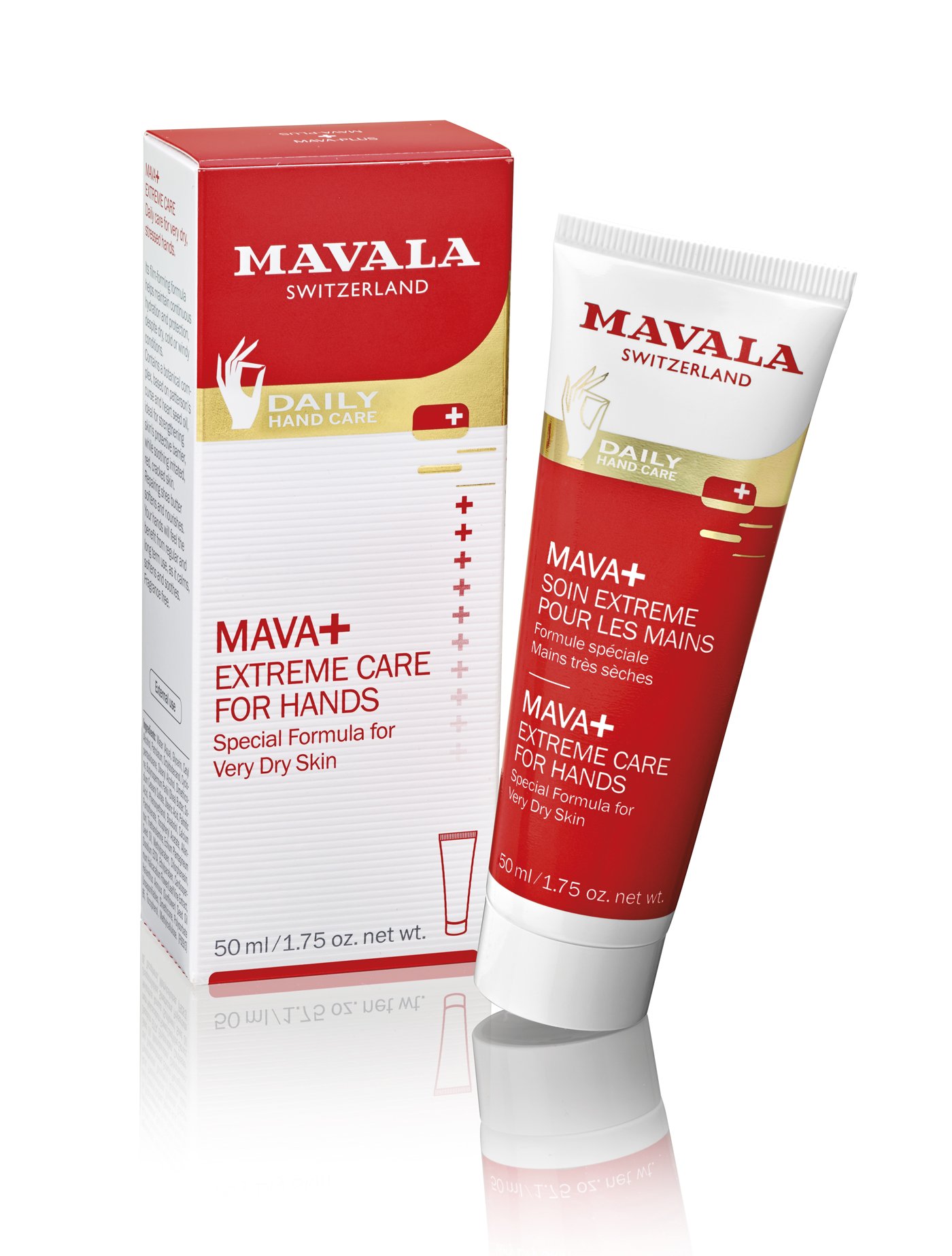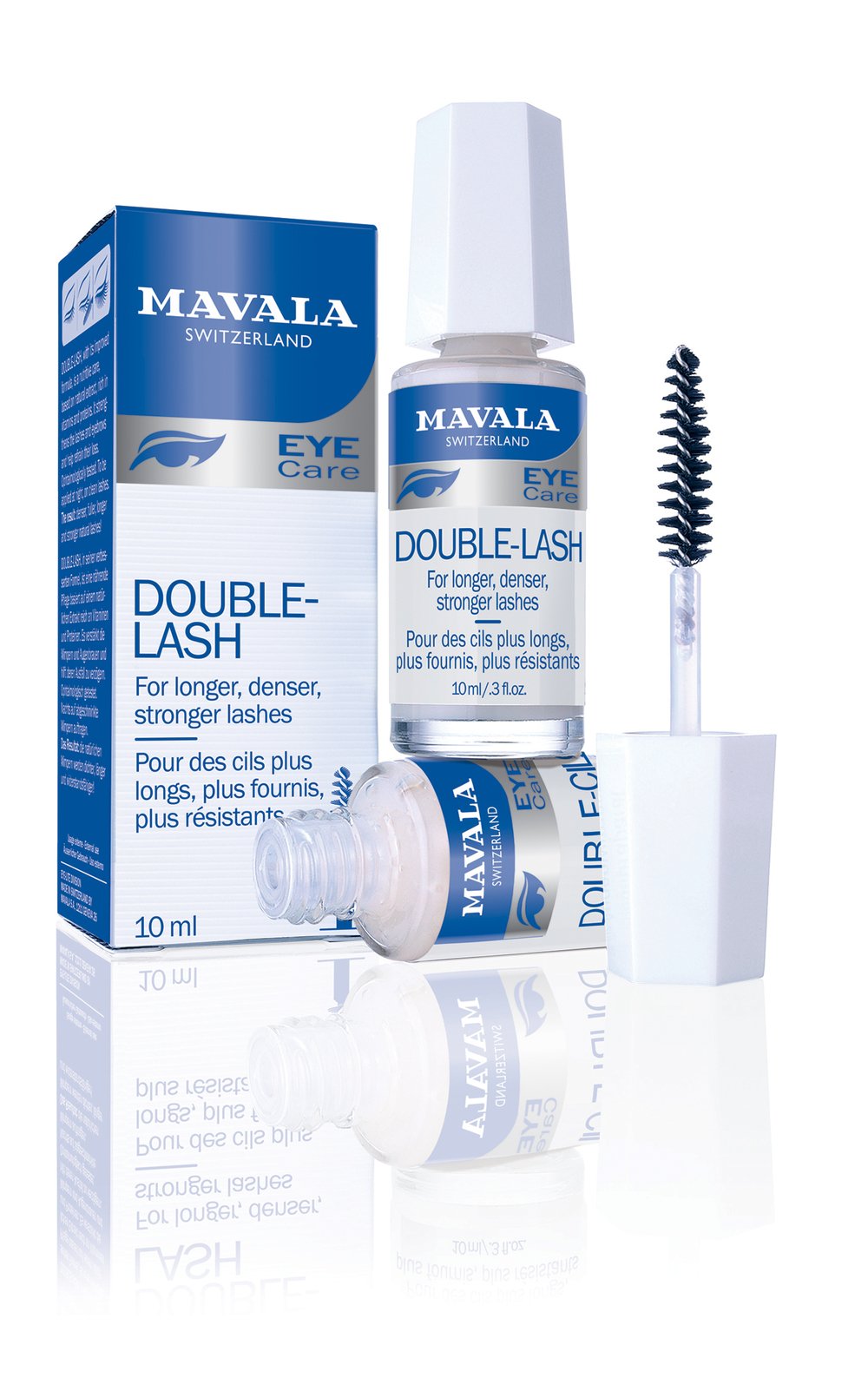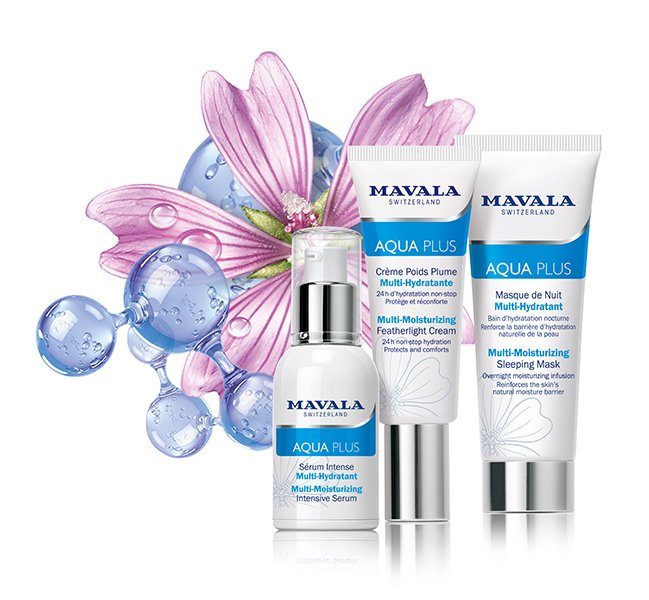In the face of such a difficult health journey, MAVALA Laboratories in Switzerland have worked with leading hospitals to support and mitigate against some of the common nail concerns that arise from cancer therapies, including chemotherapy and targeted therapies or a mixture of both. The undesirable effects on skin, nails and hair can dramatically impact patient wellbeing.
The most commonly occurring side effects include:
ridged, breaking, splitting, thickened nails
changes of pigmentation: hyperpigmentation, irregular pigmentation, appearance of brown to black stains, blue or orange stains
bacterial or fungal infections appearing between the nail and the nail bed, leading to a greenish colouring
leukonychia: white spots on nails
onycholysis: gradual detachment of the nail plate, which can lead to complete loss of the nail, often due to an infection
subungual haemorrhages: bleeding under the nail
paronychia or whitlow: inflammatory swelling around the nail, often together with infectious complications.
Experience has shown that taking care of your nails with regular manicures is essential to delaying and/or restricting these undesirable effects on the nail. For this, we recommend to focus on three key areas: protect, strengthen and moisturise. In case of infection or inflammation, an appropriate medical treatment must be prescribed by a doctor (antiseptics, antifungals, antibiotics). Furthermore, it is recommended to always consult the advice of medical staff (oncologists, nurses, etc) before using any product.
Protect Your Nails
Keeping your nails completely manicured (base coat, coloured nail polish and top coat) is recommended prior to, during and after treatment begins and ends.
1. Apply a thin layer of protective base coat
It will also improve the adherence of the nail polish and prolong its hold. Choose the following depending on the condition of your nails:
2. Apply two thin coats of opaque coloured nail polish
It will protect nails from daylight, but also hide any potential pigmentation disorders. Historically, mainly dark shades were advised in some oncology departments.
A 2016 scientifique study, led by the pharmacy faculty of Nantes (France), evaluated the photo protective efficiency of different nail polishes, including several MAVALA shades. It appears that opaque nail polishes applied in two coats are likely to ensure an excellent protection of nails against ultraviolet (UV) radiation, with photo protection levels sometimes well above what is observed as part of the usual topical photo protectors (sunscreens).
MAVALA performed tests in laboratories to select the most appropriate shades, based on their opacity and coverage. Here is our selection of opaque and covering shades of nail polishes that could help delay and/reduce undesirable effects on nails:
Glitter polishes should be avoided, as they are difficult to remove with acetone free nail polish remover. In addition, on particularly weak nails, we do not recommend the use of very bright shades (yellow, orange, blue or green) that could stain these already weak nails.
The range of MAVALA MINI nail polishes are developed free from toxic ingredients like formaldehyde, toluene, xylene, phthalates, camphor, added rosin, fragrance, preservatives (such as parabens).
3. Apply a thin layer of top coat
Choose your top coat depending on the desired result:
4. Apply the final step…
No matter which top coat you choose, use the Oil Seal Dryer on top of your manicure to make it touch dry and to nourish your cuticles (nail contour) at the same time.
5. Removing your manicure
When your nail polish starts flaking, which is a natural process after a few days, use a gentle, acetone free nail polish remover to avoid drying out your nails:
Moisturise & Nourish Your Nails
To counteract the drying effects of therapies, it is also essential to moisturise and nourish nails and their contour. For this, we recommend using the following products:
For daily use:
Some tips to protect nails further:
Wear gloves for dishwashing and house cleaning to limit the contact with water and detergents.
Renew your manicure as soon as it starts wearing off.
Use shades that are opaque and provide full coverage.
Keep nails short, shaping with a thin emery board over clippers.
Do not wear artificial, gel or resin nails, as they are prone to infections.
Do not use nail buffers that would further weaken your nails. Do not use permanent or semi-permanent nail polishes that require buffing, thus reducing the thickness of nails.
Apply the same advice to toenails.
Do not bite nails or cuticles.
Some hospitals offer refrigerated mittens and socks during chemotherapy sessions, to preserve finger and toe nails.
Complementary Care Solutions
We hope that in these difficult times, MAVALA will help you feel a little bit better every day, thanks to our products and tips. Our wish is that your beauty and femininity will become a force to help you during this difficult time.
To further help you face cancer with confidence, connect with Look Good Feel Better, a national community service programme designed to help you to manage the appearance related side-effects caused by any type of treatment for any type of cancer.


